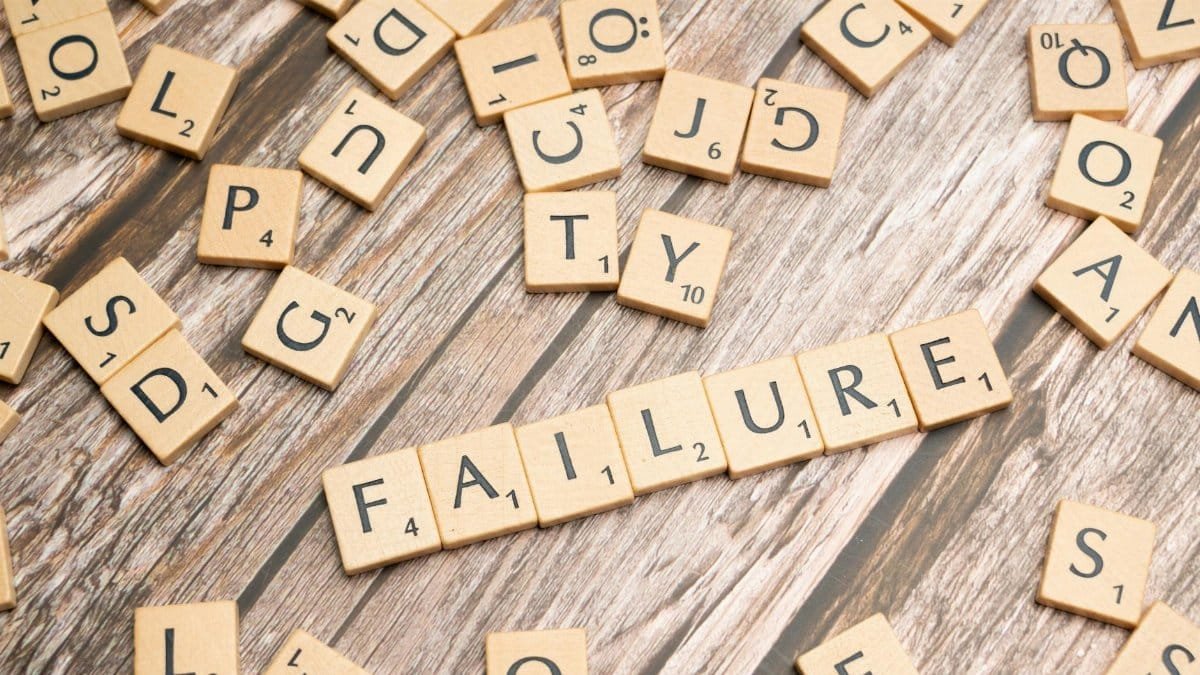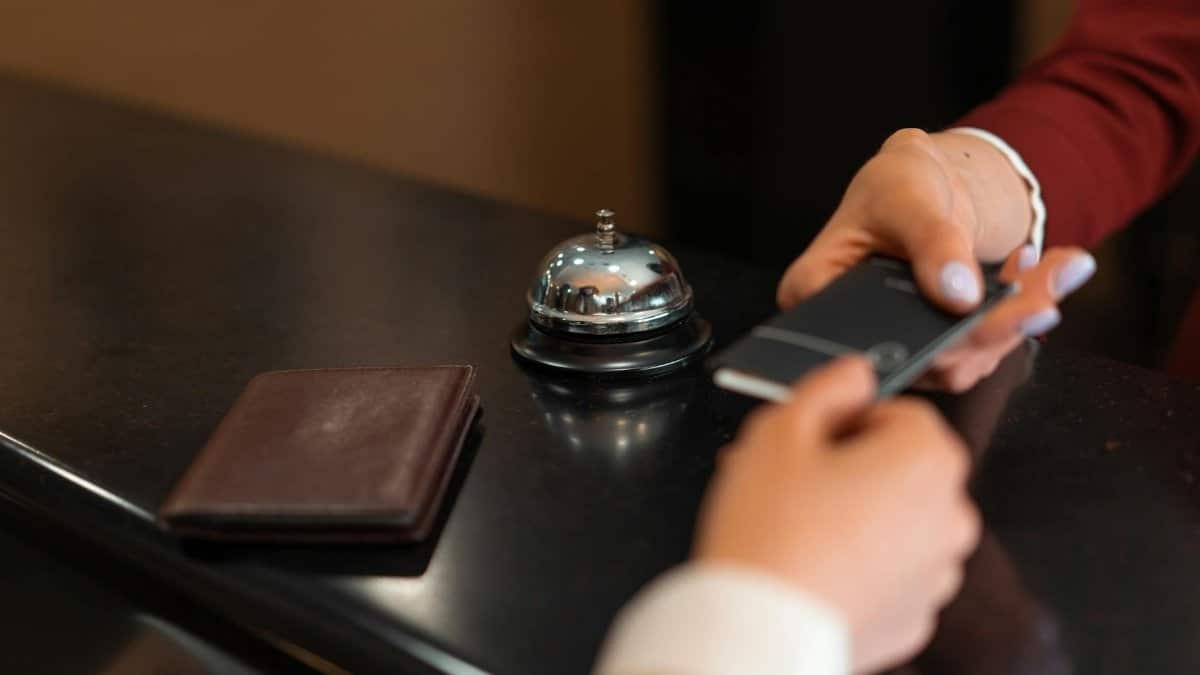In a fast-paced world, hypnotherapy is emerging as a powerful tool for achieving emotional balance. New data from the American Psychological Association shows that 25% of adults reported using mindfulness techniques, including hypnotherapy, to manage stress in 2024, with trends pointing upward into 2025. This surge highlights how wellness mindfulness calm practices are reshaping mental health strategies, offering a path to inner peace without relying solely on traditional therapy. But what’s the real link? Experts say hypnotherapy taps into the subconscious, fostering mindfulness and calm that lead to lasting emotional stability.
What Is Hypnotherapy?

Hypnotherapy involves guided relaxation and focused attention to reach a heightened state of awareness. It’s not about losing control but gaining insight into subconscious thoughts. Practitioners use it to address anxiety, habits, and emotional imbalances. According to the Mayo Clinic, this method can reduce stress by altering negative thought patterns. For those seeking wellness mindfulness calm, it serves as a bridge between mind and body, promoting deeper self-awareness.
How Hypnotherapy Enhances Mindfulness

Mindfulness thrives on present-moment awareness, and hypnotherapy amplifies this by quieting mental noise. Sessions often include visualization exercises that train the brain to stay grounded. A study from Harvard Medical School found that similar relaxation techniques improve focus and reduce rumination. By integrating hypnotherapy, individuals build resilience against daily stressors, creating a foundation for sustained calm.
The Role in Achieving Emotional Balance

Emotional balance means handling feelings without extremes. Hypnotherapy helps by reprogramming responses to triggers. Therapists guide patients to confront fears in a safe space, leading to better emotional regulation. Research published in the Journal of Clinical Psychology supports this, showing reduced anxiety levels post-treatment. It’s a practical step toward wellness mindfulness calm, empowering people to navigate life’s ups and downs with poise.
Practical Techniques for Daily Calm

Start with self-hypnosis basics: find a quiet spot, close your eyes, and repeat calming affirmations. Combine this with breathing exercises for quick results. Apps and online guides make it accessible. The National Institutes of Health notes that such practices can lower cortisol levels, the stress hormone. Incorporating these into routines fosters ongoing mindfulness and emotional steadiness.
Common Misconceptions Debunked

Many think hypnotherapy is like stage hypnosis, where people act against their will. In reality, it’s a therapeutic tool with client consent at its core. The American Society of Clinical Hypnosis clarifies that participants remain aware and in control. Addressing these myths opens doors for more to explore its benefits for wellness mindfulness calm without unfounded fears.
Real-World Applications and Success Stories

Professionals in high-stress jobs, like executives and athletes, turn to hypnotherapy for peak performance. One case from a Cleveland Clinic report details a patient overcoming chronic insomnia through sessions, leading to better emotional health. These examples show how it translates to everyday life, enhancing focus and reducing burnout in 2025’s demanding environment.
Integrating with Other Wellness Practices

Hypnotherapy pairs well with yoga or meditation for amplified effects. Combining it with journaling reinforces positive changes. A review in the National Center for Biotechnology Information highlights synergies between hypnosis and cognitive behavioral therapy. This holistic approach boosts overall wellness mindfulness calm, creating a comprehensive strategy for emotional balance.
Potential Challenges and How to Overcome Them

Not everyone responds immediately; some need multiple sessions. Skepticism can hinder progress, but starting with certified therapists helps. The American Psychological Association’s hypnosis page offers resources to find qualified professionals. Patience and consistency turn these hurdles into stepping stones for lasting calm.
Scientific Backing and Future Trends

Ongoing research underscores hypnotherapy’s efficacy. Brain imaging studies reveal changes in neural pathways related to emotion. With mental health awareness rising in 2025, expect more integration into mainstream care. Experts predict wider adoption, making wellness mindfulness calm more attainable through evidence-based methods like this.
Getting Started: Tips for Beginners

Research licensed hypnotherapists via professional directories. Begin with short sessions to build comfort. Track progress in a journal to see improvements in emotional balance. Resources from reputable sites ensure safe exploration, paving the way for a calmer, more mindful life.
